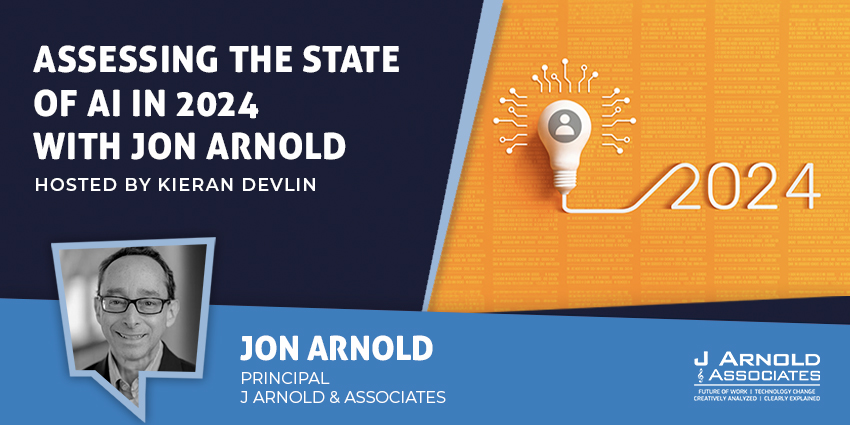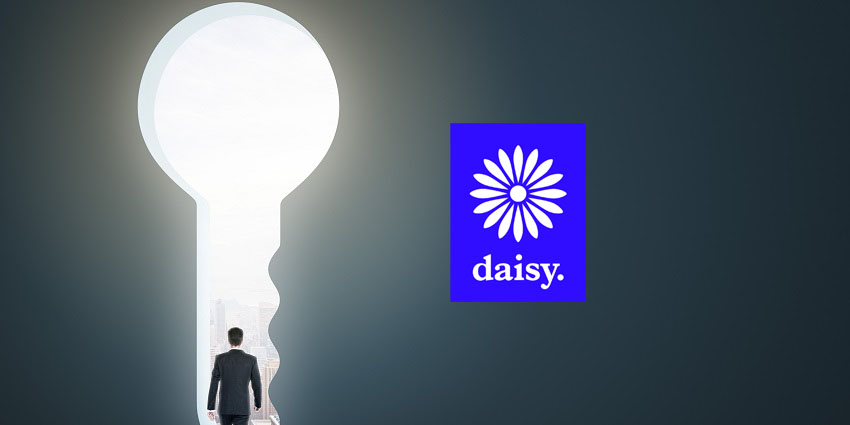I talk frequently with people in the UC and collaboration industry about the “future of work” and where the workplace is headed. Since the pandemic, these conversations have become ever-more inspiring and innovative. Over the last year (and a bit), we’ve gone from talking about open offices and coworking to embracing a future of hybrid work.
Huddle rooms are being replaced by virtual reality meeting spaces. Video, AI, and other innovations have leapt into the forefront of our investment strategies.
The future has arrived.
McKinsey and Company discuss this in its report from December 2020, which claims that businesses have leapfrogged around 7 years’ worth of digital transformation in a matter of months. So, what does it mean to be working in the workplace of 2027 today?
Changes in Consumer Behaviour
One of the major points mentioned in the McKinsey study is that changes in customer behaviour has driven much of the demand for the sudden transformation of businesses. People under lockdown were forced to find other ways of connecting with companies. We began using the digital world for everything – even having food and essentials delivered (Contactlessly, of course).
Respondents in the study were 3 times more likely to say around 80% or more of their customer interactions were digital after the pandemic. With consumers embracing the digital frontier, businesses simply had to catch up. Face-to-face interactions became a thing of the past almost overnight, and the response to this change was amazing.
Businesses spent more on digital investments than any other continuity method during the pandemic, and digital service and product offerings jumped ahead massively. In Europe, the degree of growth equates to around 7 years of innovation. The scale drops to 6 years in North America, and 10 years or more in the Asia Pacific space.
Respondents said their companies acted up to 25 times faster than expected to the need for innovation. We only need to look at the remote working environment to see this. Before the pandemic, most companies ignored the concept of remote employment completely. When the virus hit, countless organisations changed to 100% remote work in a matter of days.
These Changes Have Launched Us Into the Future
Crucially, McKinsey notes that we’re not just borrowing ideas from the future temporarily with our new enhancements. We’ve made a fundamental jump in the way we live and work. Though some of the video conferencing and collaboration tools companies chose were purchased in haste, virtually every brand has now begun implementing long-term plans for the “hybrid work” infrastructure they’ll need going forward.
We’ve managed (somewhat miraculously), to go through one of the most rapid and innovative shifts in human history and come out at the other side. Though many companies have struggled over the last year, they’ve also been given an incredible opportunity to innovate and grow. Within very little time from the beginning of the pandemic, most companies agreed that there would never be a “back to normal” to look forward to.
McKinsey found the majority of respondents believed that the major changes that happened in the workforce during the pandemic were here to stay – from new customer expectations, to increased use of advanced technology in businesses. More than 60% of respondents claimed consumer requirements had changed forever, and business transformation strategies are adapting accordingly.
The way we’ve evolved over the last year isn’t just a testament to the resiliency of human beings; it’s also an incredible view into what’s truly possible in the digital landscape. With the right focus, we can accelerate our path to the future by years at a time. Imagine what we’d be able to do if we could maintain the momentum we’ve unlocked in the last year, and continue moving forward?
This is the Workplace of 2027
So, if 2020 and 2021 represent the new 2027 and 2028, what does that mean for the future of work as we know it? We’re already at a point of remote and hybrid businesses around the world. We’re using AI more than ever, and extended reality opportunities are even on the horizon, to change the way we communicate and collaborate even further.
So, what’s next? Where could we be by the time, we actually reach 2027? If there’s one thing this last year has taught us, it’s that we can never truly predict what the future might bring. However, I think we’ve also learned something else too. We’ve discovered how liberating the digital world can be, and how incredible the workplace can become, if we put our minds to it.







